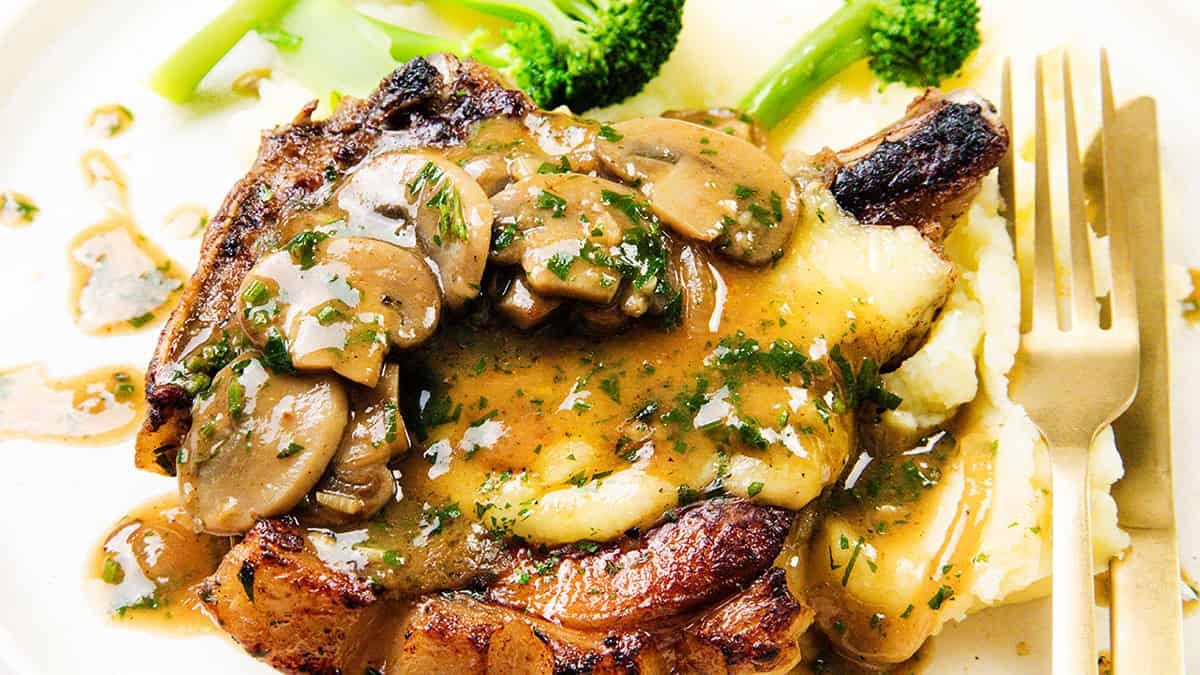As fun as it is to be the go-to spot for dinner parties and weekend brunches, all that foot traffic can leave behind more than just fond memories—your furniture may take a hit, too. Think: wine spills, dropped platters, and one of the more stubborn surprises—heat stains on wood. These hazy white rings or blotches often show up after a steaming dish or piping-hot mug gets placed directly on your table without a trivet. Even a tablecloth won’t always save you if it’s too thin. The result? Marks that look like crop circles and feel nearly impossible to fix.
But don’t panic. These stains might look dramatic, but they’re often totally fixable with a few household items. Below, we’ve gathered some of the most effective ways to remove heat stains from wood—and added tips on how to prevent them in the future, when to act fast, and what common DIY fixes to be cautious with.
What Causes Heat Stains on Wood?
Basically, what happens is this: When a hot object is placed on the surface of the wood, its pores expand (yes, even if it’s sealed!), allowing the moisture created by heat and steam to steep into the surface and settle in the wood, leaving behind discoloration and white heat marks. Even sealed or treated wood isn't totally immune.
Can Heat Stains Become Permanent?
In most cases, no, but time is of the essence. The longer the moisture sits within the wood, the deeper it settles, making it harder to remove. If you're dealing with a fresh heat mark, try one of the methods below ASAP for the best shot at fully lifting the stain. If it's been a year or two, there's less of a chance for removal.
Luckily, there are a few tried-and-true tricks you can try when it comes to removing a heat stain from wood—before you break out the sandpaper (or worse, the credit card for a new table). Check out some of our favorite methods below—you can try more than one until you find a method that works for removing heat stains from your wood furniture. And remember—don’t panic! At the end of the day, a table is just a “thing,” and if you can’t remove the stain, it will act as a beautiful reminder of holidays past for years to come.
It may seem counterintuitive, but one of the best ways to remove heat stains from wood is to add more heat to the equation. This works by reopening the pores of the wood (yep, the same issue that got you into trouble in the first place), allowing the trapped moisture to escape, and reversing the stain in the process.
The easiest way to do so is by breaking out your hairdryer. To start, place it on the lowest heat setting (but not the “cool” setting) and aim it directly at the stain, making sure to stay a few inches away from the wood’s surface. Using a side-to-side motion, continue to blow warm air at the stain until it disappears.
If your mark is proving pesky, you can level up to using an iron for the heat method instead. To do so, place a clean towel atop the stain and set your iron to the lowest heat setting. Run the iron back and forth atop the stain and towel for several minutes, checking periodically to see if the stain has lifted. A word of caution: Avoid using steam at all during this method, as it can make the issue more pronounced.
It sounds wacky, but toothpaste can also be a great way to eliminate heat stains on wood furniture. The trick lies in its alkaline properties, which react with the heat stain, gently lifting it from the wood. For this method, you’ll want to get the most bare-bones traditional toothpaste you can find—the plain white kind, nothing with gel in it (it won’t work otherwise!). In a bowl, combine one part toothpaste with two parts baking soda to create a thick paste. Apply some of the mixture to the white heat mark on your wood table and allow it to sit for a minute or two before wiping it from the surface. You may need to do this a few times in order for the stain to fully disappear. Do your best to avoid getting the baking soda and toothpaste mixture onto any area of the table that’s not stained, as it can remove the finish in those spots.
Another useful tool in removing white heat stains from wood furniture is oil. The dense ingredient is able to penetrate the surface of the wood, freeing up trapped moisture that is causing the stain. The most common way to achieve this effect is by using mayonnaise. Yes, we mean the condiment you put on your sandwich. Weird, but it works! For the best results, apply the mayo to the white heat marks using a clean rag—don’t slop it on, but don’t be stingy either. Allow the mayo to sit on the surface of the table for several hours in order to work—it can even be left on overnight if the stain is particularly large or stubborn. Once you’re ready, wipe off the mayo with a clean clean cloth to buff out the remainder of the stain.
Alternatively, you can use petroleum jelly for this method, too.
No mayo on hand? Try olive oil. While not quite as thick, olive oil can also help loosen the moisture causing the white stain. Apply a small amount to a soft cloth and rub it gently into the mark, then let it sit for a few hours (or overnight, if you’re feeling patient). Wipe it clean and buff the area—sometimes, that’s all it takes for a light stain to vanish.
How to Prevent Heat Stains on Wood
A little prep can go a long way. Here are a few easy ways to protect your furniture:
• Use trivets, placemats, or coasters even, under hot serving bowls or teapots. Dansk actually has a great casserole dishe with a built-in trivet to prevent heat stains. Highly recommend—we love these in the Test Kitchen.
• Double up on protection by pairing a tablecloth with heat-resistant pads underneath. Anytime a dinner party is happening or some other even where people might be helping you set the table, just put a tablecloth down!
• Skip direct-to-wood serving, especially with anything fresh from the oven or stove. To be safe, stick with a covered table or set up
A Note of Caution: Methods That Might Strip Finish
While DIY methods can be effective, they’re not without risk. Toothpaste, baking soda, and heat all have the potential to strip or dull the finish on your wood—especially if it’s antique or has a high-gloss varnish. These are all pretty safe, but be careful if you use steel wool (as we've seen other places recommend). It can be effective for the hard-to-remove ones, but always test any method in a discreet spot first, and don’t overdo it with abrasive scrubbing or prolonged exposure.
Do you know of any other methods for removing heat stains from wood? Tell us below!
Editor's Note: This story was updated in May 2025 to provide even more useful tips & tricks.











 English (US) ·
English (US) ·